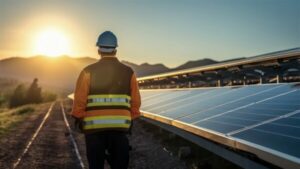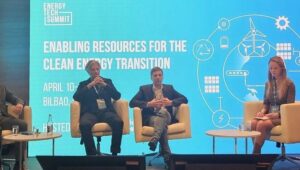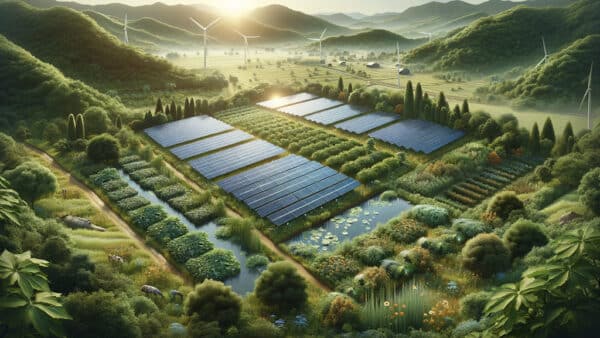Choosing the Best Location for Solar Panels – Where to Start?
Selecting the best location for solar panels is one of the key decisions for an investor. To ensure the investment is profitable, various factors must be considered, which we will discuss in detail in this guide.
Sunlight Exposure
Our considerations should begin with the most important aspect, which is sunlight exposure.
In Poland, there are 16 voivodeships, and if we calculate the average annual sunlight exposure in each of them, we find that the differences in sunlight across the regions are not very significant. The general sunlight exposure in Poland ranges from approximately 1000 kWh/m² to 1150 kWh/m² [average annual sunlight in kilowatt-hours per square meter (kWh/m²)].
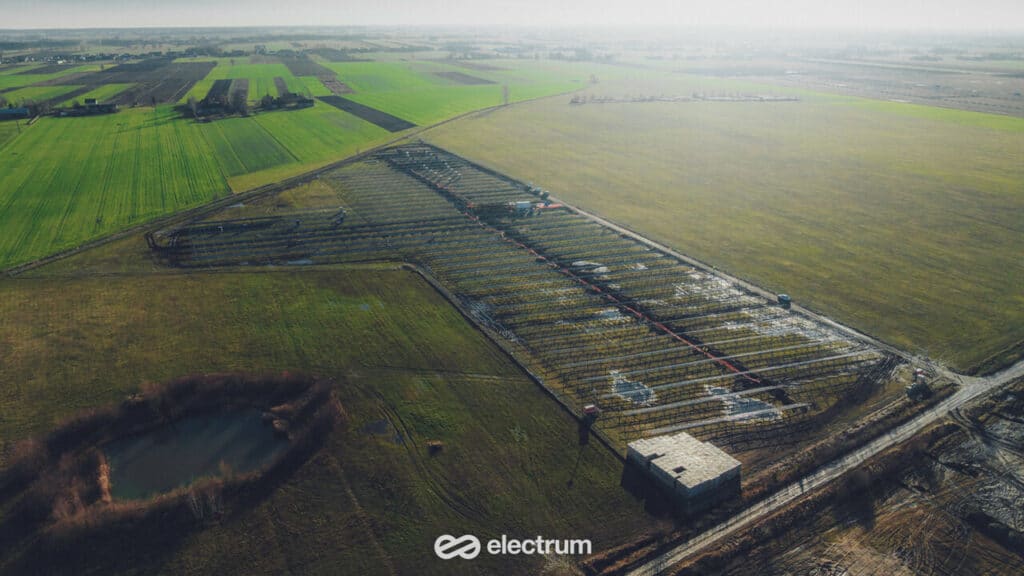
Sunlight exposure is influenced by factors such as:
- Terrain
- Microclimate
- Vegetation
- Buildings
The highest sunlight exposure is found in the southern voivodeships of Poland, while the lowest is in the north.
Sunlight Exposure and Energy Production
The ideal plot for solar panels should have the highest possible sunlight exposure throughout the year. Higher sunlight exposure means more solar energy available for conversion into electricity.
A difference of 100-150 kWh/m² can translate to about a 10-15% difference in energy production. In practice, this means that solar farms in voivodeships with higher sunlight exposure will be slightly more efficient and can generate more energy annually.
The optimal solar panel tilt angle is also crucial. The right angle allows for the collection of the maximum amount of sunlight.
Read more about this in the article: What is the optimal solar panel tilt angle? Poland and the world
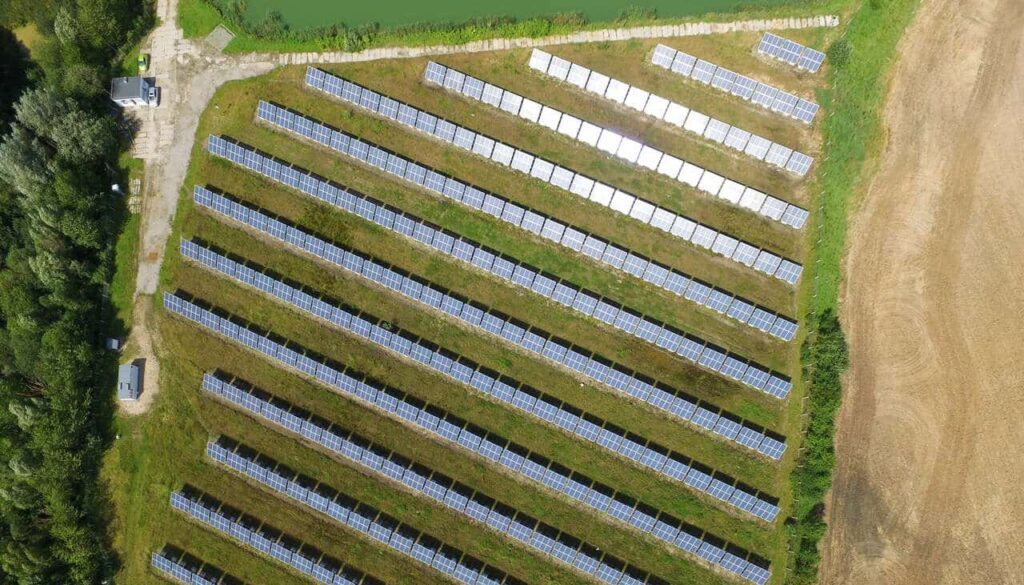
Terrain Configuration for a Solar Farm
Choosing the land for a solar farm also involves analyzing the surface itself. Let’s consider two options: flat and sloped terrain.
Flat Terrain for a Solar Farm
The main advantages of this solution are:
- Ease of installation of solar systems
- Easy, even distribution of panels with equal spacing
- Lower construction costs due to simpler support structures
- Maintenance and service work often proceed more smoothly than on sloped terrain
Sloped Terrain for a Solar Farm
Let’s discuss a plot characterized by a slight slope. The most beneficial would be a slight southern slope because:
- It guarantees optimal sun exposure
- A sloped terrain can facilitate natural runoff of rainwater, reducing the risk of flooding and soil erosion
A detailed technical and design analysis should always be conducted to determine if the chosen land is suitable for building a solar farm and how best to utilize its potential.
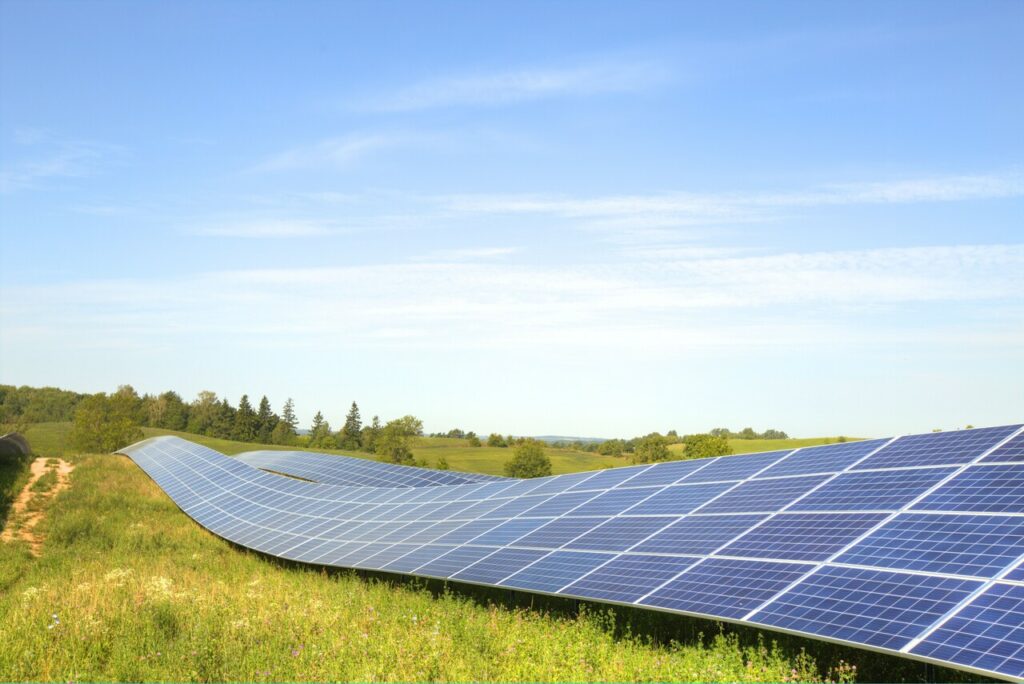
Electrum maximizes land potential and builds the largest solar farms in Poland:
Heavily Sloped Terrain – Risks
Significant slopes can lead to problems such as:
- Difficulties in optimal panel placement
- Unwanted shading of panels
- Complicated construction and difficult installation of PV panels
- Higher service and maintenance costs due to harder access to panels
Local Climate
When choosing a location for a solar farm, we must also consider the local climate. We have already discussed sunlight exposure, so now let’s analyze factors like:
- Temperature
- Precipitation
- Wind
- Humidity
Temperature
High temperatures can negatively affect the efficiency of photovoltaic panels. Photovoltaic modules contain silicon, which can overheat. Consequently, this can lead to a sudden drop in voltage and reduced energy efficiency of the PV installation.
Understanding the variability of temperature throughout the day and year in a given area helps estimate its impact on energy production. In some cases, cooling systems need to be adjusted or other temperature management strategies implemented.

Precipitation
In regions with high rainfall, panels may need to be cleaned more frequently to ensure their maximum efficiency.
Rain can leave mineral deposits on photovoltaic panels, and accumulated dirt reduces light transmission. Additionally, in regions with frequent rainfall, there is stronger vegetation growth, which sheds pollen and leaves deposits on panels.
Extreme Weather Conditions
Some areas are characterized by very strong winds, heavy rainfall, hailstorms, high humidity, or conversely, periods of drought. Choosing a site for a photovoltaic farm should be preceded by a detailed analysis, as in such areas, the investment may prove particularly risky.
Best placement for solar panels – What Else to Consider?
In choosing the ideal plot for a solar investment, we focused on climate and terrain aspects. However, this is far too little to speak of the best location for solar panels. The following factors must also be analyzed.
Environmental Aspects
Solar farm construction can impact local ecosystems, including vegetation and animals, so analyzing the fauna and flora in the given location is essential. An environmental impact assessment of the farm may be necessary.
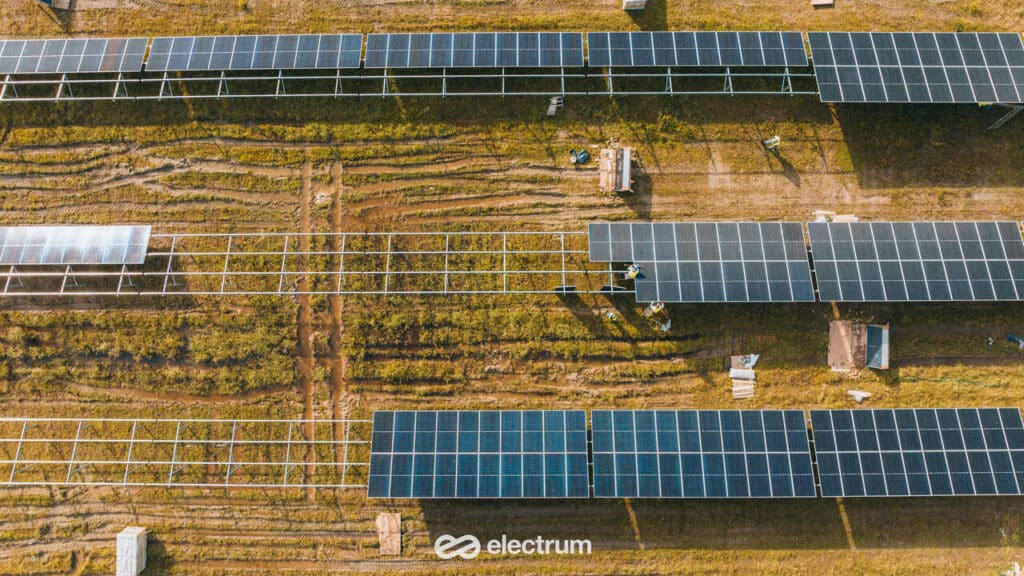
Social Aspects
It is important whether the local community accepts the construction of a photovoltaic farm in this specific location. Community resistance can lead to protests and project delays.
A good location for solar farm does not affect the comfort of local residents, for example, through noise or light reflections reaching buildings. A suitable distance from neighbors will help avoid such situations.
Distance from the power grid
Locating a plot close to the power grid can reduce investment costs. We avoid the need to build infrastructure over a given distance. An investment located close to connection points for the photovoltaic farm also helps minimize transmission losses. Many sources recommend that the distance from the power grid should not exceed 200 meters.
Solar Farm and Proximity to the Forest
If the land is near a forest, it carries the necessity of analyzing the impact of trees on potential shading. This is also associated with the occurrence of more pollutants such as pollen and dry leaves. It is also necessary to analyze soil stability in such an area, conduct environmental studies, and assess the impact of the planned PV farm on the environment.
Distance of Photovoltaics from Buildings
Due to the noise from inverters, it is assumed that solar farm should be located at least 100 meters from buildings. Much depends on the specific local conditions. Minimizing the visibility of panels from nearby homes will help not disturb the landscape and eliminate the risk of light reflections.
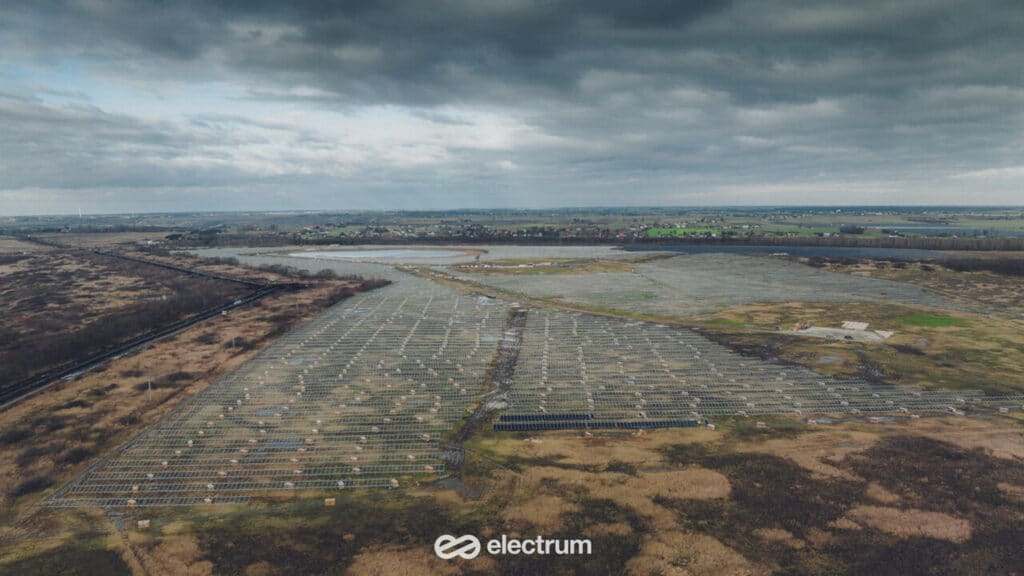
Location of the Farm Relative to Roads and Cities
Locating a solar farm near roads facilitates the transport of equipment components or building materials. The proximity of well-maintained roads can reduce transportation and logistics costs both during the construction and operation of the farm. The local land-use plan should be considered to help determine where photovoltaic farms can be located.
In many cases, a detailed environmental impact assessment (EIA) is required to ensure that the PV farm will not negatively affect the surrounding areas.
The proximity of a city can be associated with high pollution levels, and pollutants can settle on panels. A best location for solar farm will be away from the city, although the final decision may be conditioned by other factors.
What Should Be the Optimal Area for Solar Farm Plot?
The size of a photovoltaic farm determines its profits. We can estimate that for a 1 MW farm, an area of 1.5 to 2 hectares (ha) is needed. To optimally arrange photovoltaic panels, the plot for the farm should be at least 50 meters wide.
What Type of Land to Choose?
Some lands are not suitable for use as a solar farm.
Land Class
For solar farms, lower-class lands such as arable lands of classes IV, V, and VI are usually preferred because they are less valuable for agriculture. Fallow lands will also work.
Legal Status of the Plot
Lease or ownership allows the investor to use the location for construction. Leasing agricultural land can be economically advantageous, while purchasing the plot gives full control over the facility without time frames.
We Have the Best Location for Solar Farm – What Next?
We have analyzed the local land-use plan, grid connection conditions, environmental, climatic, and other factors from the above list. The next step will be a well-thought-out design of the photovoltaic farm to optimally use the available space.
At Electrum Ventures, we are responsible for the first stage of photovoltaic farm implementation:
After obtaining the necessary permits, solar farm construction can begin.
How to Choose the Best Location for Solar Panels? Summary
The location of the PV installation is crucial for the profitability of the entire investment. We hope this guide will help you effectively select available locations and contribute to the success of your renewable energy investment. If you have any questions, feel free to contact us:
Electrum and Photovoltaic Investment Implementation
We build photovoltaic farms using the latest technologies. Learn more about our projects:
Electrum completed the construction of the first photovoltaic farm with Nofar Energy
The largest solar power plant in Europe built by Electrum was established in Greater Poland
Electrum started the construction of photovoltaic farms in Sztum and Mikołajki Pomorskie

